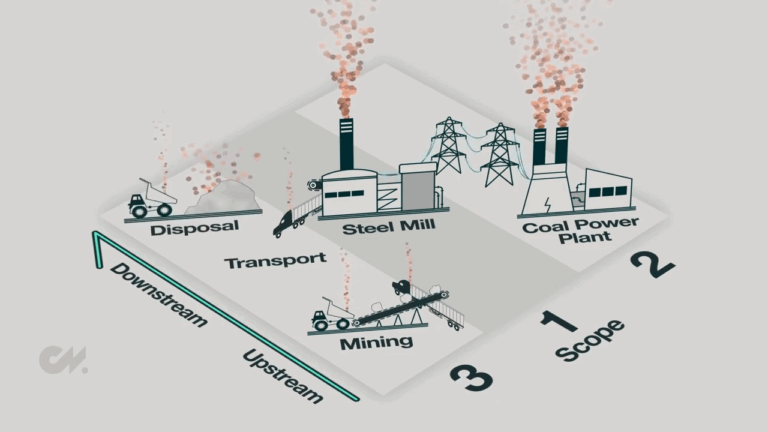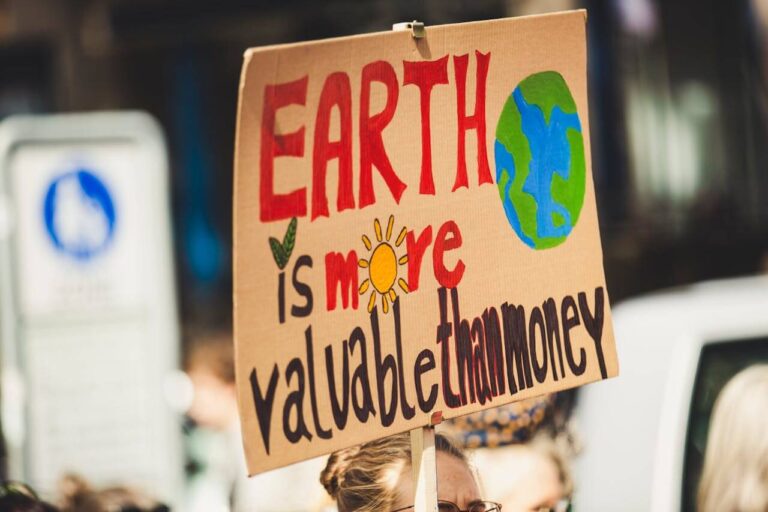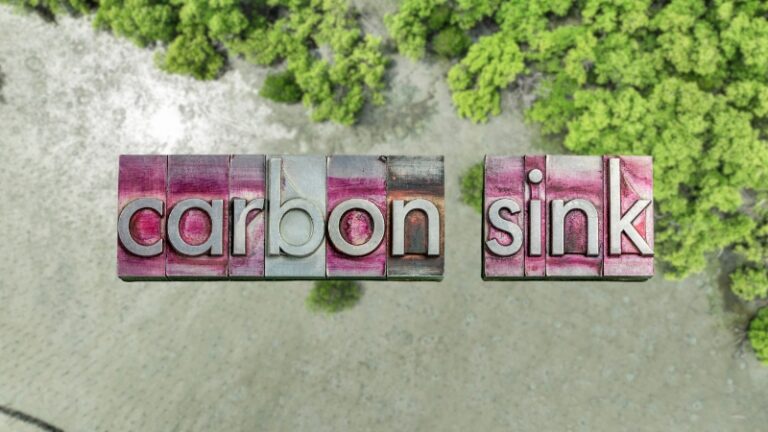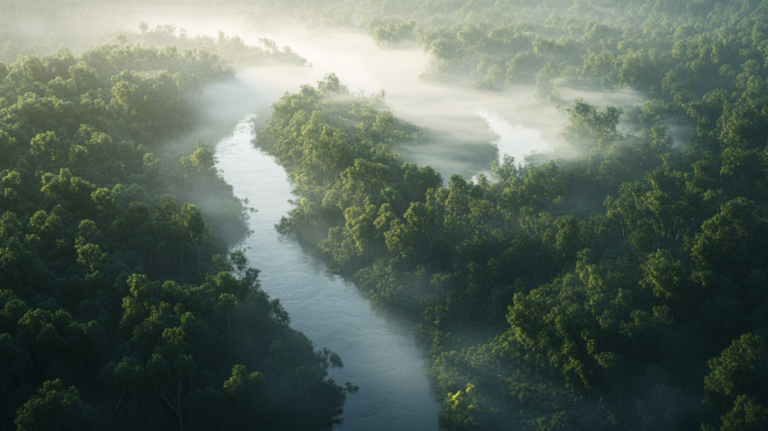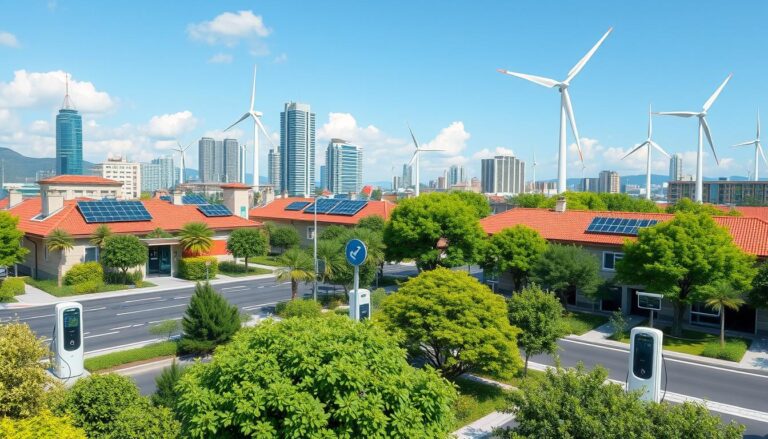How Urban Gardens Improve Air Quality and Cut City Emissions in 2025
As cities worldwide grapple with heat waves, pollution, and climate change, urban gardens have emerged as a powerful, scalable solution. Far beyond aesthetic improvements, these green spaces actively capture carbon, reduce urban heat, and filter airborne pollutants, while fostering community resilience and biodiversity in dense urban environments. In 2025, with global urban populations exceeding 57% … Read more



